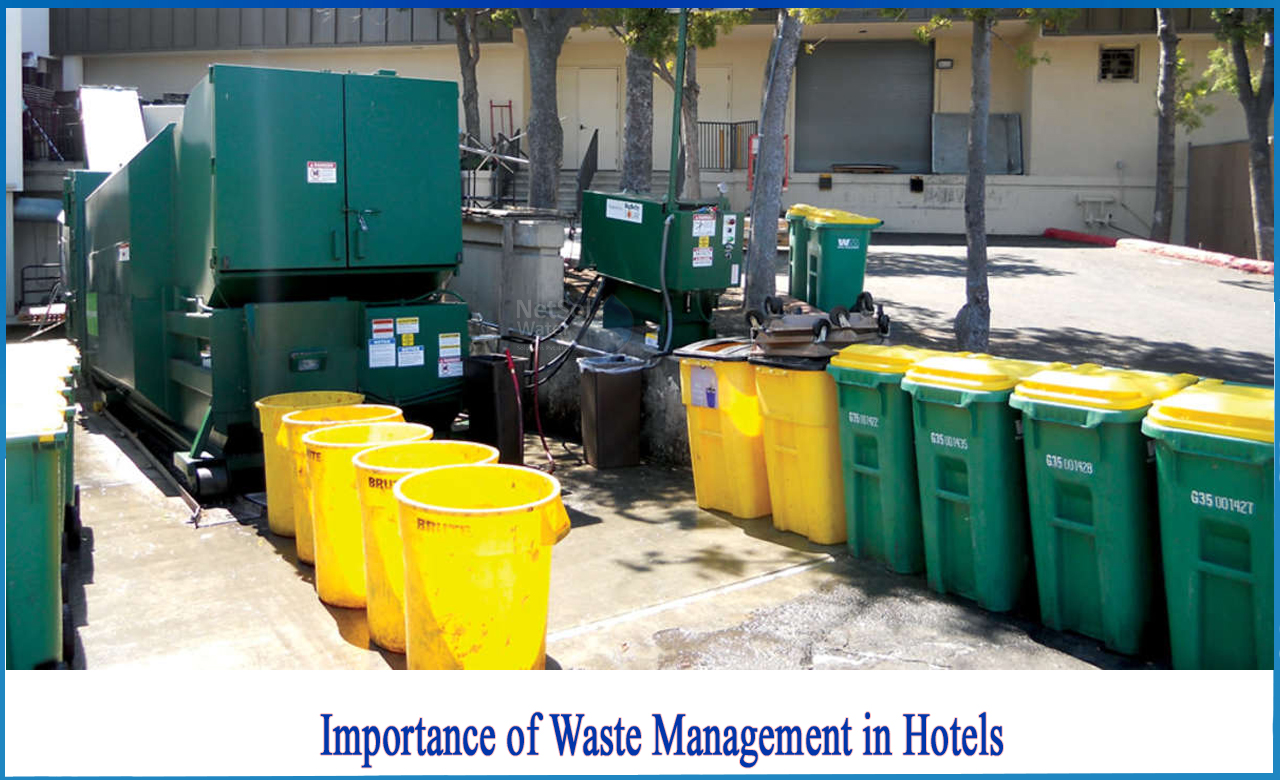8 Simple Techniques For Reclaim Waste
Not known Incorrect Statements About Reclaim Waste
Table of ContentsThe 5-Minute Rule for Reclaim WasteOur Reclaim Waste DiariesAn Unbiased View of Reclaim WasteReclaim Waste Things To Know Before You BuyWhat Does Reclaim Waste Mean?
Residential sewage waste refers to the waste and items from a household septic tank. The appropriate management and disposal of residential sewage waste require liquid waste to be moved to a sewage therapy plant where the proper techniques and devices are used to purify and dispose of waste.
Commercial waste typically includes prospective hazards, such as combustible products or a mixture of fluid and strong waste products, and requires an advanced and comprehensive disposal procedure. The disposal of business waste commonly involves the purification of waste prior to transport to make certain safe and appropriate disposal. Hazardous waste is developed from by-products and overflow of industrial processes and manufacturing.
This sort of waste can not use the same sewage administration transportation or processes as septic or commercial fluids. The commercial waste monitoring process calls for the evaluation and testing of liquid waste prior to it undertakes the disposal process (industrial wastewater treatment). Runoff waste is the liquid waste that originates from overflow and excess stormwater in extremely populated areas or cities
Drainage waste can create contamination and flooding otherwise managed appropriately. Discover more regarding sewage system cleansing and waste administration. Ensuring appropriate waste monitoring can avoid catastrophes and reduce ecological harm. Both individuals in domestic setups and specialists in industrial or manufacturing sectors can benefit from comprehending the procedures and guidelines of fluid waste monitoring.
Unknown Facts About Reclaim Waste
Call PROS Services today to learn more about our waste monitoring and disposal services and the appropriate means to take care of the fluid waste you produce.
(https://www.anyflip.com/homepage/imqzz#About)This supposed 'wastewater' is not only an essential resource yet, after treatment, will certainly be released to our land, rivers or the sea. Utilized water from commodes, showers, baths, cooking area sinks, laundries and industrial procedures is understood as wastewater.

water utilized to cool down machinery or clean plant and tools). Stormwater, a form of wastewater, is overflow that moves from agricultural and metropolitan locations such as roofing systems, parks, yards, roads, paths and seamless gutters into stormwater drains, after rainfall. Stormwater moves without treatment straight to local creeks or rivers, ultimately getting to the sea.
The Of Reclaim Waste
In Queensland, most wastewater is treated at sewage treatment plants. Wastewater is carried from domestic or industrial sites with a system of drains and pump stations, understood as sewerage reticulation, to a sewage treatment plant. City governments develop, preserve and operate most sewage therapy plants. Operators are accredited under the Environmental Protection Act 1994 to discharge cured wastewater at an appropriate ecological requirement into waterways.
The Department of Natural Resources recommends local governments concerning handling, operating and preserving sewerage systems and treatment plants. In unsewered locations, city governments might require householders to mount specific or home sewer treatment systems to deal with residential wastewater from Bonuses commodes, cooking areas, shower rooms and laundries. The Division of Natural Resources authorizes the use of household systems when they are confirmed to be efficient.
Many stormwater receives no therapy. In some new subdivisions, therapy of some stormwater to remove clutter, sand and crushed rock has started making use of gross contaminant traps. Wastewater therapy occurs in 4 stages: Gets rid of solid issue. Larger solids, such as plastics and various other objects mistakenly discharged to sewage systems, are eliminated when wastewater is passed via screens.
Makes use of tiny living organisms understands as micro-organisms to damage down and remove staying liquified wastes and fine bits. Micro-organisms and wastes are included in the sludge.
The Definitive Guide to Reclaim Waste
Nutrient elimination is not readily available at all sewer treatment plants because it requires pricey specialist devices. Clear liquid effluent produced after therapy might still include disease-causing micro-organisms - liquid waste removal.

This usually means wastewater has actually to be treated or contaminants gotten rid of prior to it can be discharged to rivers. A lot of wastewater flows right into the sewage system. Under the Act, city governments provide approvals and permits for ecologically relevant tasks (Ages) involving wastewater launches that may have a local influence. The department carries out approvals and permits to Ages entailing wastewater releases that could have a regional or statewide influence.
Getting My Reclaim Waste To Work
Tracking gives factual information concerning water top quality and can confirm that permit problems are being fulfilled. The details gotten via surveillance provides the basis for making water top quality choices.